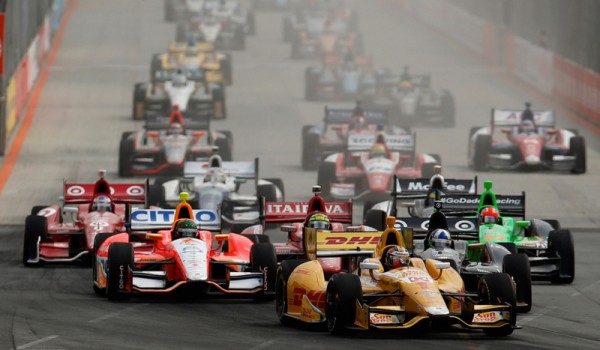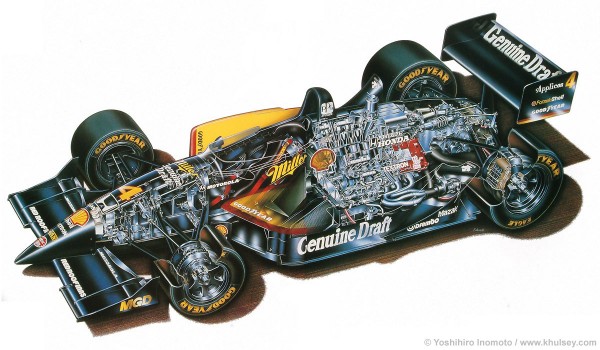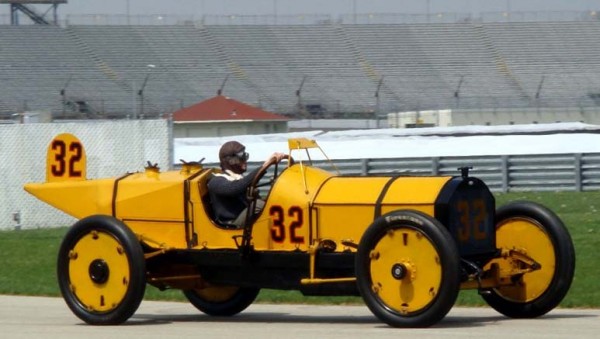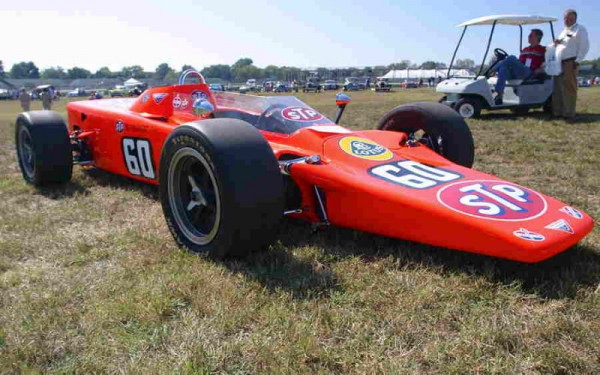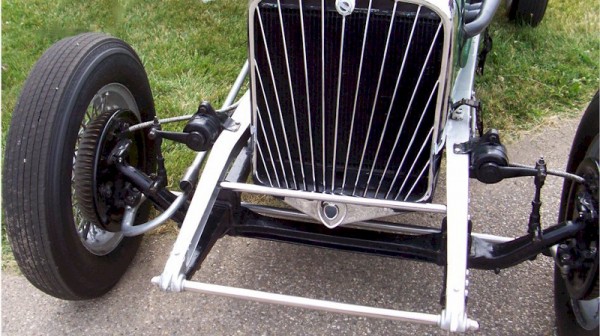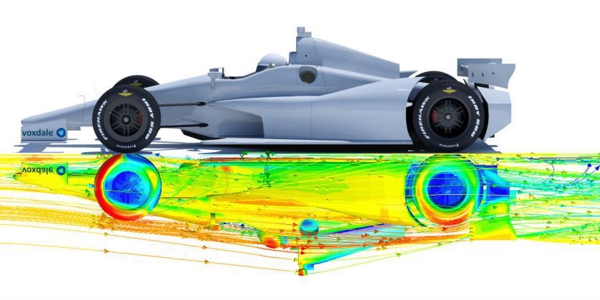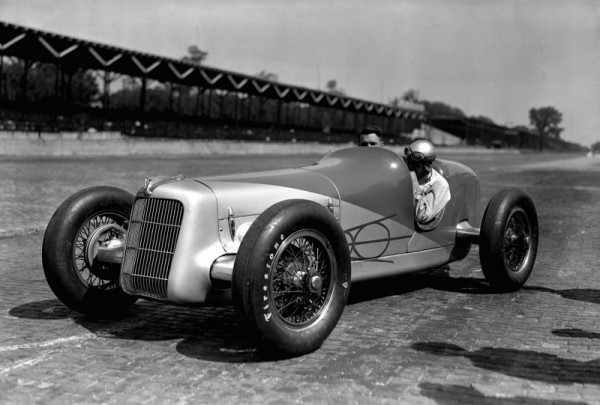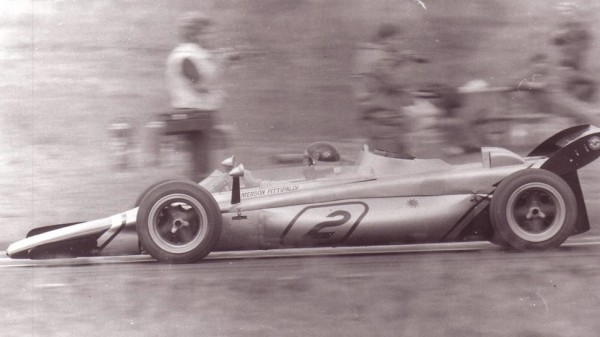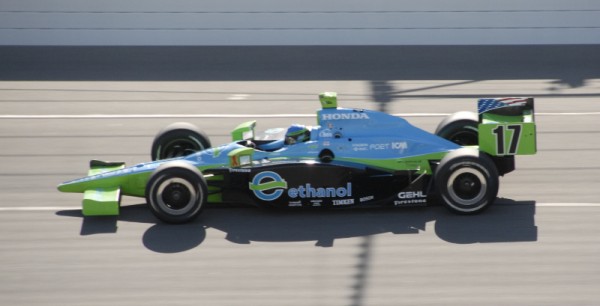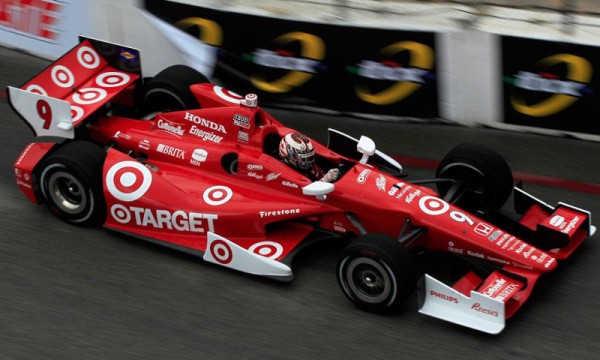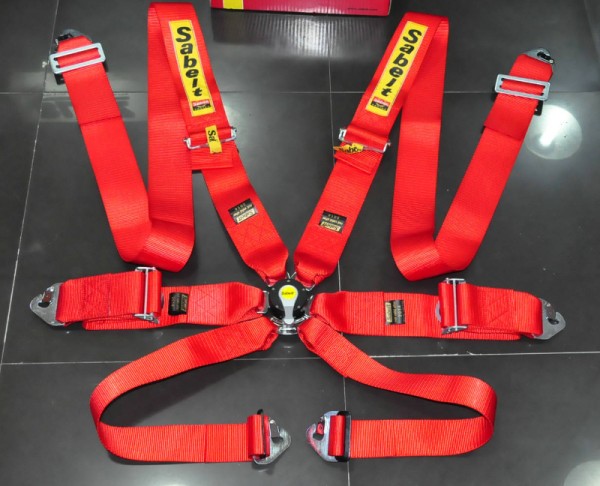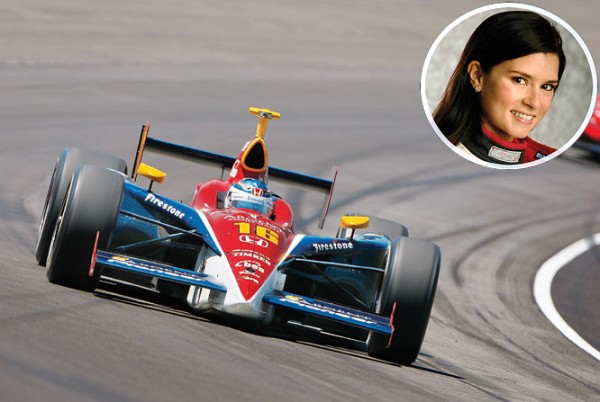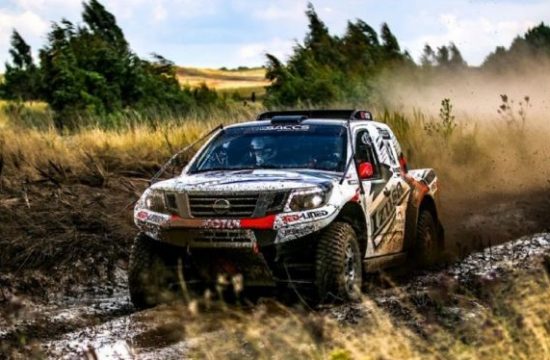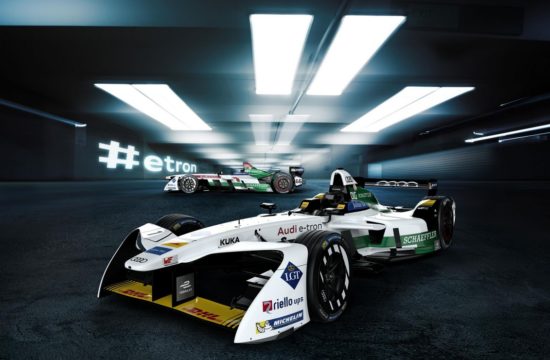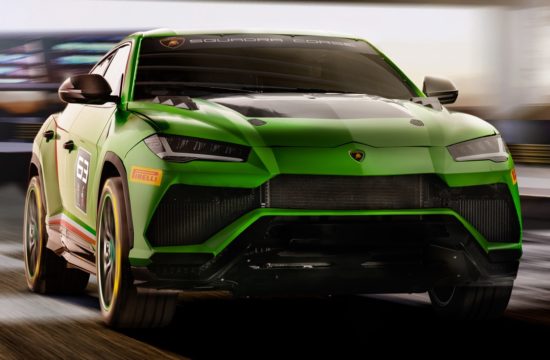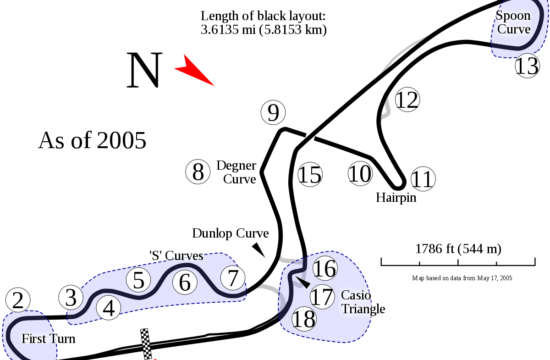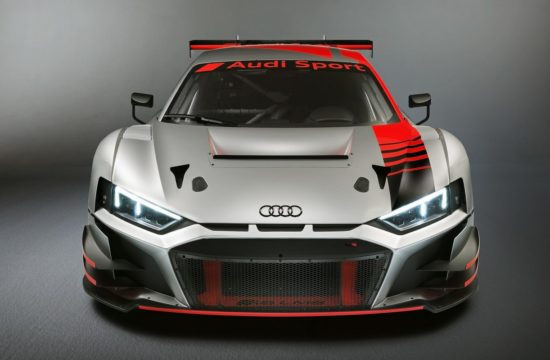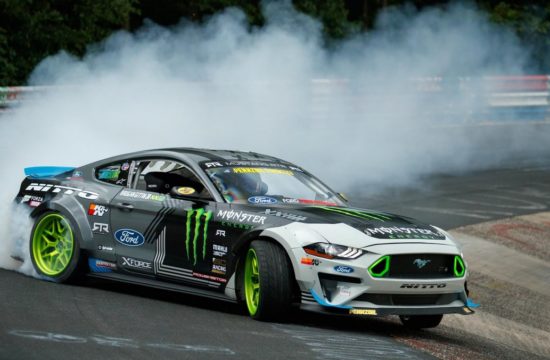Each morning we get in our cars, we buckle up our seat belts, quickly check the rearview mirror and start the engine. But what we don’t do is think about all these features we now consider normal and how they got on our cars. For example, did you know that in the beginning cars had no rearview mirrors and the one who acted like one was the passenger? I bet you didn’t. But don’t worry, there are a lot of people who have no idea that most of the features today’s cars have were first used and tested on the race track.
And from this point of view, the Indianapolis 500 is perhaps one of the most important competitions. The race track was built in 1906 to be used by car manufacturers for testing new models and features. Five years later, in 1911, the first 500-mile race takes place here and that was just the beginning of glorious times for the American track, which has seen countless features being used for the first time or made popular here, some of these having a significant impact on the car industry.
1. The Rearview Mirror
In 1911, cars racing at Indianapolis featured two seats, one for the driver and one for a passenger, also known as a “riding mechanic”. And even though this title would make you think the passenger was there to fix the car or something, it wasn’t. His sole purpose was to warn the driver when someone was trying to take over.
However, the first winner of the Indianapolis race, Ray Harroun, played it smart and decided to drop the passenger and replace him with a rearview mirror, many crediting this as the first time such a device was used on automobiles. Harroun later said that he got the idea after seeing a similar mirror on a horse-drawn vehicle a few years earlier. He also added that the first time he used it at Indianapolis, the mirror vibrated so strong that he had a hard time using it. After he won the race, the result was challenged by the other drivers, who claimed he used a totally unsafe replacement for the passenger. These disputes were overruled and the rearview was soon adopted by almost all the other drivers.
Even though that was the first time a rearview mirror was used on a motor vehicle, the one who is credited for inventing the rearview mirror used on street cars is Elmer Berger, an American inventor. Today’s rearview systems are a lot more advanced, mirrors featuring different sensors (such as photosensors that allow automatic dimming) and on some high-end models they are assisted by advanced rearview video cameras systems. But we must not forget that it all started more than 100 years ago at Indianapolis.
2. Turbine Engine
After World War II, several attempts to create a gas turbine powered car were made, but no production models resulted, since the technology was considered to be inferior to regular internal combustion engines. However, this all changed in 1967 when Parnelli Jones, who previously won the Indianapolis 500 in 1963 was extremely close to winning it again driving the famous STP Paxton Turbocar.
The gas turbine powered car was designed by Ken Wallis, who was rejected by Dan Gurney and Carroll Shelby before Andy Granatelli decided to give him a chance. Work on the car started in January 1966 and Granatelli also came up with several modifications, such as the side by side design (the driver was on the right, the engine on the left) and the four wheel drive system. The car qualified sixth, but it quickly got to the first place and dominated the race until a transmission bearing failure caused it to abandon, with just eight miles to go. The car entered the 1968 race too, driven by Joe Leonard, but crashed during qualifying and was retired, now being on display at the Indianapolis Motor Speedway Hall of Fame Museum.
As for the gas turbine technology, several advanced hybrid concepts were created by large carmakers like Toyota, Volvo or General Motors, but none entered production so far. Recently, the most advanced concept seems to be developed by the consortium behind Jaguar Land Rover, whose purpose is to create the first commercially viable gas turbine generator for cars.
3. Four Wheel Hydraulic Brakes
Today we regard as normal features like ABS, disc brakes or emergency braking assist systems, but back in the days the process of stopping an automobile was a lot more basic, even with the advanced cars racing at Indianapolis. Back then things were pretty tough for drivers, because the brakes were operated mechanically and constantly braking for 500 miles wasn’t the easiest of tasks.
But all that changed in 1921, when Duesenberg Motor introduced the four wheel hydraulic brake system, for the first time on a race car. The immediate success quickly made this feature get adopted by production models too. One of the Duesenberg brothers, Fred, had been experimenting hydraulic brakes starting with 1914, but the Duesenbergs were known to have poor administrative and business skills, so he never patented the invention, instead the first hydraulic system was credited to Malcolm Lougheed (who lated changed his name to Lockheed and, together with his brother Allan, founded the company that would become the giant Lockheed Corporation). He developed the four wheel hydraulic brake system in 1918 and it was used for the first time on a Duesenberg automobile in 1920.
However, it was the Model A that took this feature into mass production after first being used on race cars competing at Indianapolis. The street model was one of the fastest and most advanced cars of its time and it was owned by celebrities such as Rudolph Valentino. After a few tweaks, the racing model also proved to be very successful, winning the race in 1922, 1924, 1925 and 1927.
4. Aerodynamic Elements
Some of the first aerodynamic elements aimed at improving drag and braking were also made on the Indianapolis track, where engineers and mechanics have constantly tried to improve the cars’ performances. And one of the first ones to do that was the same Ray Harroun, the one who introduced the rearview mirror. His car, called the Marmon Wasp is the first example of aerodynamic elements used to improve performances.
Harroun, who was an engineer working for Marmon Motor Car Company , built the Wasp (named like that after its yellow and black color scheme) from parts taken from stock Marmon cars. He realized aerodynamics was extremely important so he designed the cowled cockpit and the long pointed tail. The results? He won the race in 6 hours, 42 minutes and 8 seconds, proving that his vision was one of a winner’s.
5. Front Wheel Drive
Miller Racing dominated the second half of the ‘20s at Indianapolis, but few people know that Henry Miller’s cars were among the first ones to feature front wheel drive architecture. Unlike today’s race cars competing at Indianapolis, the Miller 122 had a front-mounted engine whose power was sent to the front wheels and this offered improved traction, because tires were a lot more rigid in those times and not as advanced as today. This new solution also allowed the driver’s position to be lowered, thus reducing the drag and lowering the center of gravity, making the car faster.
However, it was not the first time the world saw a successful front wheel drive car. One of the first prototypes was built by Walter Christie in 1904 and he also raced in 1906, without notable results. There was also the Alvis 12/50 built by British company Alvis Cars, but it was Miller who proved this type of powertrain can be successful, paving the road for some other upcoming and more commercially successful models.
6. Accident Data Recorders
One of the most controversial and tragic aspect of motorsports regards crashes, no doubt about that. And if there was a time when technology wasn’t advanced enough to help engineers and officials figure out why a crash happened exactly and how could it have been avoided, this changed in 1993, when Indianapolis 500 officials changed the regulations and forced each car to be equipped with an event data recorder (EDR). The components for the first systems were provided by Delphi and it marked a significant progress for the automotive world.
Today, it is estimated that more than 90 percent of all new production vehicles are being produced with this feature, which has already started being used as evidence in all sorts of traffic related accidents and with actions being taken for it to be mandatory on new cars in the future.
7. Four Wheel Drive
The first four wheel drive system was patented in 1893 by British engineer Bramah Joseph Diplock, but the Spyker 60 H.P. is widely considered as the first true four wheel drive car. It was built in 1903 by the the Spijker brothers from The Netherlands and it was also the first four wheel drive sports car in the world. In the next decades, several other four wheel drive vehicles were launched, but almost all of them were trucks or vehicles aimed at military use. It was in 1932 when famous engineer Ettore Bugatti built the Type 56 (three units), a four wheel drive race car that took part in several competitions. However, due to its halfshaft design, the car was extremely difficult to steer. For example, at the car’s debut, one of the strongest drivers of the time, Albert Divo, gave up during practice due to exhaustion.
Even though the Bugatti won a couple of events, it was in 1938 when four wheel drive gained mainstream attention. Built by Harry Miller for the Gulf Oil Company, the Miller Gulf Special was the first four wheel drive to qualify for the Indianapolis 500 race (from the sixth position). Even though the car wasn’t quite successful, it showed the world its advantages over two wheel drive. First of all, tires were pretty narrow in those times and with engines getting more and more powerful, it also made more difficult for engineers to deliver the power increase to the wheels. Four wheel drive fixed that and it also optimized tire wear making pit stops a lot shorter.
Today, most carmakers offer a four wheel drive system on their street cars, with many systems being first tested out in motorsport.
8. Ethanol Fuel
Ethanol’s great combustion properties have been known since the 19th century and many early carmakers created models that could run on pure ethanol. A perfect example is the 1908 Ford Model T, which featured a special carburetor that allowed the car to run on ethanol. Henry Ford was a convinced advocate of ethanol as a fuel, considering it to be the future
In 1927 the first ethanol powered race car entered the Indy 500, driven by Leon Duray, but a fuel tank leak made him abandon the race after 26 laps. With the ethanol’s higher octane number you’d think that more teams would adopt this type of fuel, but you’d be wrong, because the extremely low prices of gasoline forced ethanol out of Indy racing for several decades. But that was only until 1964, when a major crash that cost the lives of two drivers, Eddie Sachs and Dave MacDonald, made the officials change regulations and force teams to replace gasoline with methanol (in case of a fire, the latter is a lot easier to put out). In 2006 corn-based ethanol was made mandatory and standard fuel now is E85, which is a blend of 85% ethanol and 15% gasoline.
9. Turbocharging
Swiss engineer Alfred Buchi patented the turbocharger in 1905, but technology wasn’t advanced enough for a practical turbocharger to be built. The first production turbocharged engines were built in the 1920s and were used to power aircrafts. Turbocharger technology was significantly improved during World War II, when turbochargers could be used on smaller engines, especially after the gas turbine was improved. This meant that turbocharged diesel engines started being used to power locomotives and ships.
The technology’s improvement combined with the ever increasing road network, made the idea of turbocharged diesel trucks extremely attractive to carmakers and transport companies. And one of these companies was Cummins, who also used the Indianapolis race to promote their diesel truck business. But even they had no idea of what the Cummins Diesel Special was about to achieve in 1952. Speculating a change in regulations which severely restricted turbocharger use on petrol engines, the Cummins team created a monster (both in size and power). The 6.6-liter turbocharged diesel produced 380 hp and blew everyone away securing the pole with a speed of almost 140 mph, being driven by Fred Agabashian.
Even though the Cummins Diesel Special abandoned race on Lap 71 due to turbocharger failure, it was a huge success. Besides Cummins starting selling trucks like crazy, it also brought turbochargers into the spotlight, today being one of the most important technologies developed and used by carmakers all over the world.
10. Seat Belts
Even though safety seat belts were already offered on their production models by carmakers like Ford and Nash, racing drivers were not that thrilled about using one on their cars, especially with the large number of fire-related incidents happening in the first decades of Indy racing. You have to remember those were times when even a minor but unfortunate crash could’ve caused an explosion killing the driver.
However, once driving suits became more and more advanced and offered improved fire protection (the technology was borrowed from the military) some drivers started thinking that the risk of getting a serious injury from a fire is a lot smaller than from a minor crash, which were a lot more frequent. So in 1956, Ray Crawford was the first Indy driver to take the risk and use a seat belt. Wise choice? You bet, since he had the opportunity to test the seat belt’s benefits right from the first race, when he walked out of a frontal crash without any injuries, thanks in part to the seat belt.

